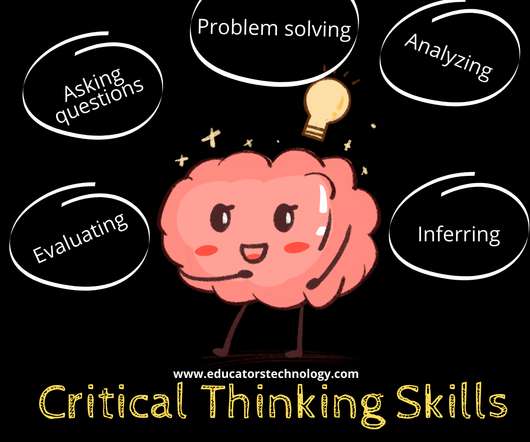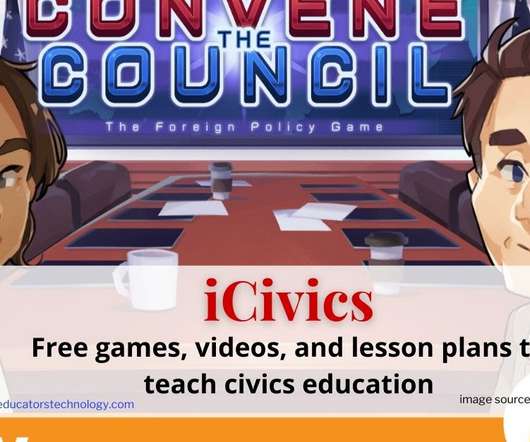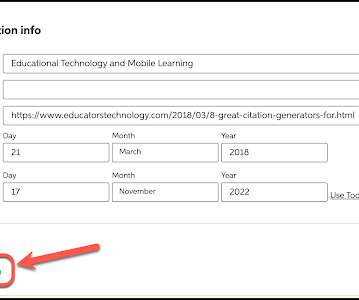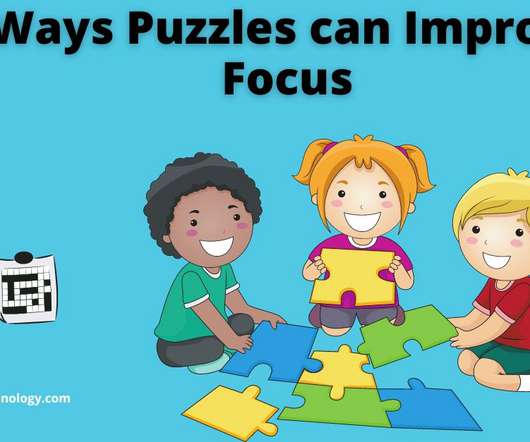The 8 Elements of Critical Thinking
Educators Technology
OCTOBER 6, 2022
The purpose of critical thinking is to inform our behaviours, actions, decisions and to "improve our ability to reason and generate strong arguments" (Hanscomb, 2016, p. In this non-critical state, the mind becomes a warehouse of facts, a receptacle of unfiltered ideas and arguments. Critical questions are precursors of deep learning.












Let's personalize your content